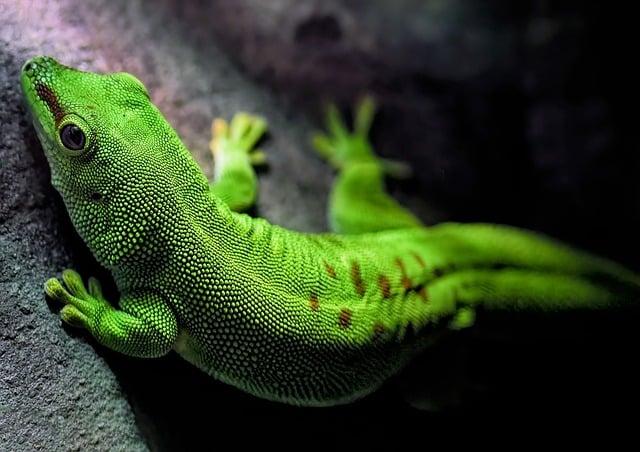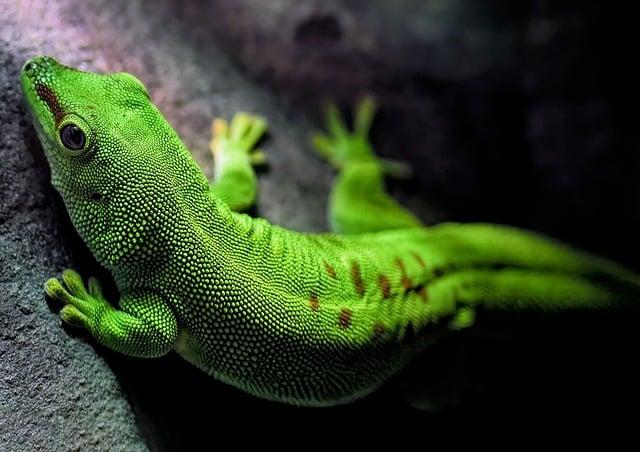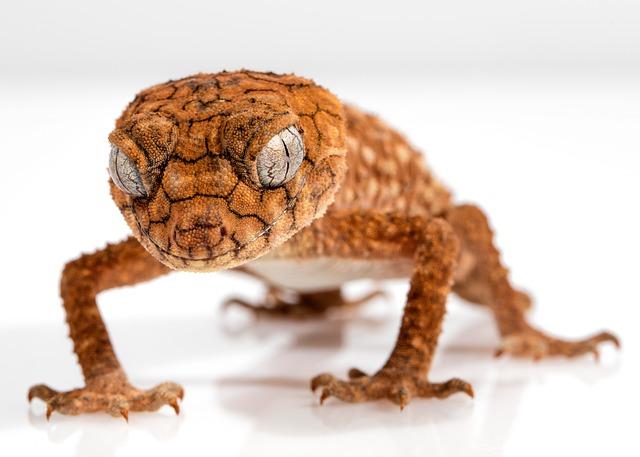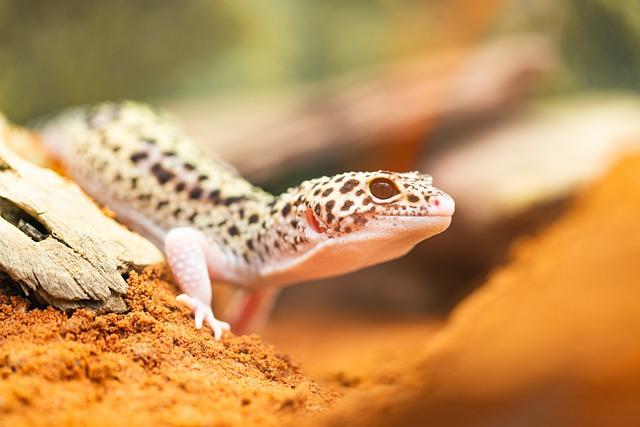- Introduction
- Habitat and Distribution
- Physical Characteristics
- Behavior and Diet
- Conservation Status
- Conclusion
- FAQs
- References
Introduction
Known for its shimmering colors, the Laos Rainbow Gecko is a stunning reptile native to Southeast Asia. In this article, we will explore its habitat, distribution, physical characteristics, behavior, diet, and conservation status. This gecko provides an excellent case study in adaptation within tropical environments.
Firstly, we will cover the typical environments where you can find Laos Rainbow Geckos and their geographic distribution. We will then delve into the unique physical traits that make them so visually appealing. Afterward, the discussion will move on to their behavioral patterns and dietary preferences. Lastly, we will take a look at the current conservation efforts to protect this species, followed by a brief summary and answers to common questions.
Habitat and Distribution

(Image: Pixabay/@AdinaVoicu)
The Laos Rainbow Gecko resides primarily in the tropical forests of Laos, which offer high humidity and moderate temperatures. These lush environments are perfect for geckos, providing ample opportunities for climbing and shelter among the dense foliage. Tropical rainforests with plenty of water sources, such as rivers and streams, serve as ideal habitats for these reptiles.
Although they are primarily found in Laos, populations have been recorded in surrounding regions like Vietnam and Cambodia. They favor lowland forests but can be found at altitudes up to 1,000 meters above sea level. The Laos Rainbow Gecko tends to stick to forests with plenty of canopy cover since they rely heavily on camouflage for protection against predators.
These geckos are arboreal and prefer to live on trees or large plants. Their distribution within these ecosystems is fairly limited due to human activities such as deforestation, which has fragmented their natural habitats.
Physical Characteristics

(Image: Pixabay/@ambquinn)
The most striking feature of the Laos Rainbow Gecko is undoubtedly its vibrant colors. The gecko's body is adorned with varying shades of green, blue, yellow, and even hints of red. Males usually have more vivid coloring than females, especially during the breeding season when they display their full brilliance to attract mates. The iridescent scales give off a shimmering rainbow-like effect when exposed to light.
On average, Laos Rainbow Geckos grow to about 10-15 cm in length, including their tails. The tail itself plays a critical role in their survival — if caught by a predator, the gecko can detach its tail to escape, although it will regrow over time. Their toes are equipped with specialized pads that allow them to climb smooth surfaces, including tree trunks or glass — a common ability among geckos known as 'setae' structures.
Another distinct feature is the gecko's large eyes, which assist in hunting insects and gauging their environment, especially in low-light conditions. These nocturnal hunters have excellent vision that helps them navigate the dimly lit tropical forests they inhabit.
Behavior and Diet

(Image: Pixabay/@ambquinn)
Laos Rainbow Geckos are primarily nocturnal, spending much of the day resting under leaves or nestled in tree crevices to avoid predators. At night, they become active, moving through the canopy to hunt their prey. Despite being solitary creatures, they have been seen interacting with other individuals during mating season.
The gecko's diet consists mainly of small insects and other invertebrates. Crickets, moths, flies, and spiders make up the majority of their prey, which they capture using their quick reflexes and sticky toe pads. They also consume small fruits or nectar, occasionally supplementing their diet with plant material. Their feeding habits help control insect populations, making them vital components of their ecosystem.
In the wild, these reptiles generally exhibit shy and elusive behavior. They rely on their coloration and ability to remain still to avoid detection by predators. When threatened, they may lose their tails or emit a faint, chirping sound to startle potential attackers.
Conservation Status

(Image: Pixabay/@Cleverpix)
The conservation status of the Laos Rainbow Gecko is currently classified as "Near Threatened" by the International Union for Conservation of Nature (IUCN). The major threat facing this species is habitat loss due to deforestation, particularly in Laos, where logging and agricultural expansion have significantly reduced forested areas. Illegal pet trade also poses a minor but growing risk.
Conservation measures are being put in place to address these challenges, including habitat restoration projects and stricter enforcement against illegal wildlife trafficking. Raising public awareness and promoting eco-friendly tourism are also part of the solution to ensure the long-term survival of this beautiful species.
Efforts to breed these geckos in captivity for reintroduction into the wild have shown promise, offering hope for their preservation. However, continued efforts are needed to maintain stable populations in their natural habitats.
Conclusion
The Laos Rainbow Gecko is truly one of nature's colorful masterpieces, featuring vibrant scales and interesting behavioral traits. However, as with many wildlife species today, human activity threatens their existence. Understanding their habitat, behavior, and conservation needs is crucial to ensuring their preservation for future generations.
While their remarkable adaptations to life in tropical forests have helped them survive thus far, ongoing conservation efforts will determine whether future generations can continue to marvel at these iridescent reptiles.
FAQs
What makes the Laos Rainbow Gecko's colors so vibrant?
The gecko's vibrant colors come from special pigments in its skin cells, which are arranged in layers to create a rainbow-like iridescence when exposed to light.
Where can I find Laos Rainbow Geckos in the wild?
They are primarily found in the tropical rainforests of Laos, though smaller populations have been spotted in nearby Vietnam and Cambodia.
What do Laos Rainbow Geckos eat?
They feed on small insects like crickets, moths, and flies along with some fruit, nectar, and plant matter. These geckos play a key role in regulating insect populations in their habitat.
Are Laos Rainbow Geckos endangered?
Currently, the species is labeled as "Near Threatened" due to deforestation and illegal pet trade concerns. Conservation efforts are underway to protect their natural habitats.
Can Laos Rainbow Geckos be kept as pets?
While they are becoming more popular in the pet trade, owning these animals may contribute to decreasing wild populations. It’s important to source geckos from ethical breeders who don’t engage in illegal wildlife trafficking.

